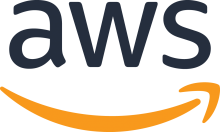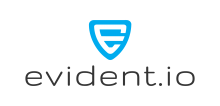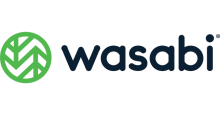The Challenge
Public Sector organizations are under pressure to modernize IT infrastructure while meeting stringent mandates. Legacy systems limit scalability, flexibility and cost savings, while security and compliance requirements add complexity.
The Solution
DLT Solutions helps agencies navigate cloud adoption and hybrid IT infrastructure. Through partnerships with leading IaaS, PaaS and SaaS vendors, we connect agencies with solutions that fit mission requirements, improve efficiency, and maintain security.
We provide solutions that:
- Modernize Infrastructure – Replace legacy systems with agile, cloud-enabled platforms
- Ensure Compliance – Leverage cloud providers with certifications that meet federal and SLED mandates
- Optimize Costs – Adopt scalable, pay-as-you-go models to reduce capital expenditures
- Support Hybrid Environments – Balance on-premises and cloud resources for flexibility and resilience
Public Sector Use Cases
- Cloud migration and data archiving for federal, state, local and healthcare organizations
- Hybrid cloud models for scalability and resiliency
- Secure cloud hosting for sensitive workloads
- Cloud-enabled collaboration platforms for remote workforces
Why Partner With DLT?
We connect the Public Sector with the right mix of vendors, resellers, integrators, services, and support to deliver cloud and infrastructure solutions tailored to mission needs.

























